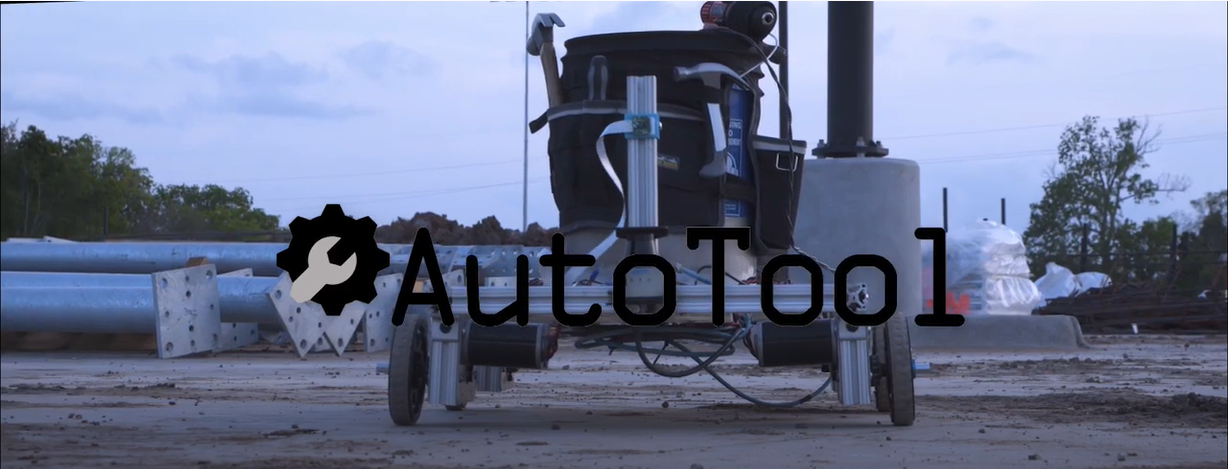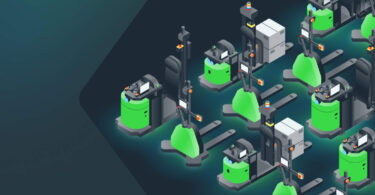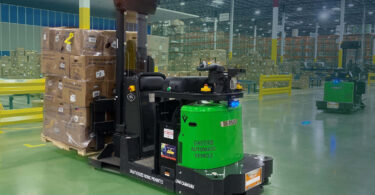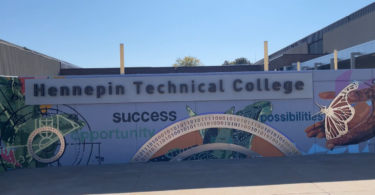As SICK's third TiM$10K Challenge concludes, students from Texas A&M University win first and second place
For the third year, SICK invited students from universities around the country to participate in the TiM$10K Challenge. The challenge started in 2018 to support innovation and student achievement in automation and technology. Every year, students are supplied with a 270° SICK LiDAR sensor (TiM) and accessories and challenged to solve a problem, create a solution, or bring a new application to any industry that utilizes the SICK LiDAR.
“LiDAR is somewhat of a special technology, and these projects help bring it to the masses,” said SICK, Inc. CEO Tony Peet. “All of our participants this year have strong business cases to bring innovative ideas to the market.”
Contest Background
Each team was asked to submit a video and paper for judging upon completion of the project. A panel of judges decided the winning submissions based on creativity and innovation, ability to solve a customer problem, commercial potential to productize and market the application, entrepreneurship of the team, and reporting.
The three winning teams win a cash award of $10K for first place, $5K for second place, and $3K for third place. In addition to bragging rights and the cash prize, the first place team, along with the advising professor, will go on an all-expense paid trip to Germany to visit the SICK headquarters and manufacturing facility.
LiDAR Sensor Technology
The LiDAR sensor (TiM) provided to teams utilizes a rotating pulsed laser to calculate distances to its surroundings based on the time-of-flight principle. The rotating laser effectively forms a circle around the TiM, inside which users can create individual fields to monitor for the presence or absence of an object. The reliability of the sensor is improved by SICK’s patented High-Definition Distance Measurement (HDDM) technology, which samples each measurement several times and averages the results.
As the TiM$10K teams ably proved, monitoring the individual fields for objects can be a great way to solve applications that other sensing technologies cannot. This makes the TiM invaluable in a variety of industrial applications, as well as building automation, stationary, and mobile applications. In addition, the integrated Ethernet interface allows for remote monitoring, measurement, and navigation which presented a ton of creative possibilities for the TiM$10K teams.
Now, in the third year, students are creating viable business solutions that have the potential to change the world. The winners of the 2021 TiM$10K Challenge are:
First Place – Automated Robotic Tool Carrier
The first place team, Team 2 from Texas A&M University (TAMU), created a solution for a common problem in the construction industry. Tool inaccessibility and misplacement accounts for 18% of a construction worker’s work day, resulting in wasted time traveling between tool storage and work areas or tools be lost or left behind. The AutoTool provides workers an automated robotic tool carrier to carry tools, automatically follow a worker, and keep inventory of tools.
The team consisted of mechanical engineering seniors, Hanna Wang, Harrison Vickers, Kyler Christian, Mason Kleinecke, Sophie Tullos, and Yan Yao. The team's advisor was Namita Anil Kumar at TAMU.
“When I think back to where this all started, it was an idea spurred from a problem in the construction industry. The support that the SICK team provided us was incredible, beyond just the amazing technology, but also being there for us when we needed help,” said Mason Kleinecke, mechanical engineering student at TAMU and a member of the winning team of TiM$10K Challenge. “One example was when we decided to add tool tracking to our device. The SICK team offered an RFID sensor, in addition to the TiM LiDAR they had already provided, and that was amazing. SICK was incredibly helpful, and it’s been a key part of the success of this project.”
Second Place – Farm Field Scanning with Drones
For many years, agriculture production in the United States was primarily done on small family farms. Within in the last 30 years, the USDA reports that agricultural production has largely been consolidated into large acreage industrial farms that now require traditional farming practices to adjust to this scale up. As a result, the need for an easier method to monitor and track crop growth is a necessity.
The second place team, Team 3 from TAMU, focused on providing support for large acreage industrial farms with crop growth modeling and tracking. The TYTO Farm Survey System uses SICK LiDAR on a drone to survey acres of farmland and monitor the growth of crops. There are almost 900 million acres of farmland in America alone and farmers currently have no available solutions for crop growth monitoring.
This team from TAMU included electrical engineering students Jeffrey Fisher II, Blake Carr, Christen Waite, and Katherine Bernhardt. They were advised by Stavros Kalafatis, John Lusher II, John Tyler, Andrew Miller, Swarnabha Roy, and Priyanka Karuppuch Samy from TAMU.
The team investigated this product for crop growth modeling, but also found that it could additionally help with yield estimations and even help with livestock.
Third Place – LiDAR Tunnel Inspection System
The maintenance and functionality of the United States' infrastructure like tunnels and pipelines requires continuous inspections. The majority of inspections are conducted by humans, requiring a considerable amount of labor in situations that are often hazardous.
The third place team from University of Wisconsin – Madison and Worcester Polytechnic Institute, invented a LiDAR-based tunnel inspection automation system. With this tool, the inspection of the functionality and safety of tunnels and pipelines can be more easily monitored with less dependence on human labor in hazardous environments.
This team comprised of students from two schools living in two different countries. The team included William Dong (mechanical engineering student at UW – Madison), Mark Xia (electrical engineering student at UW – Madison), and Yicheng Si (mechanical engineering student at WPI).
Honorable Mention – 3D Scanning Tool
Finally, the last team won honorable mention by creating a product that helps make LiDAR more affordable for 3D applications. The University of Alabama (UA) team created an innovative product that aims to decrease the cost of precise 3D scanning by utilizing a novel application of 2D LiDAR technology.
They determined a few main uses for this product in the market. It could be used to provide accurate hole placement at golf tournaments. Or it could be used for CGI production capabilities. Or it could be used for the archaeological market to create cases for artifacts or to help on dig sites.
The team included mechanical engineering seniors named Brandon Baeder, Jack Blake, Luke Kreutzer, and Max Kennedy-Till. Their faculty advisor was Dr. Hwan-Sik Yoon.





